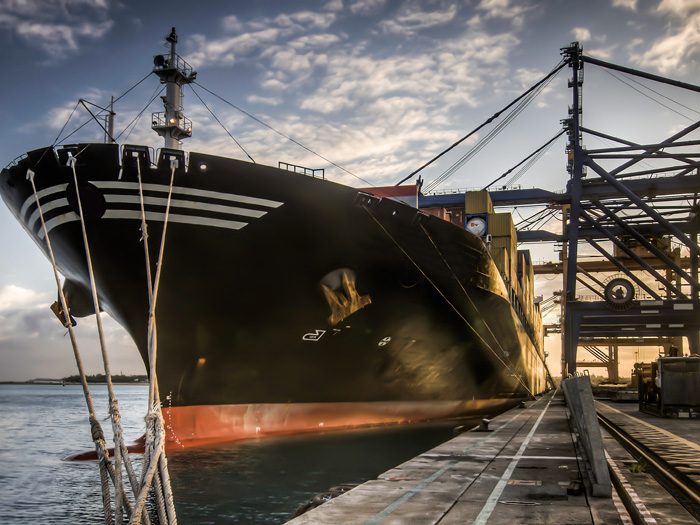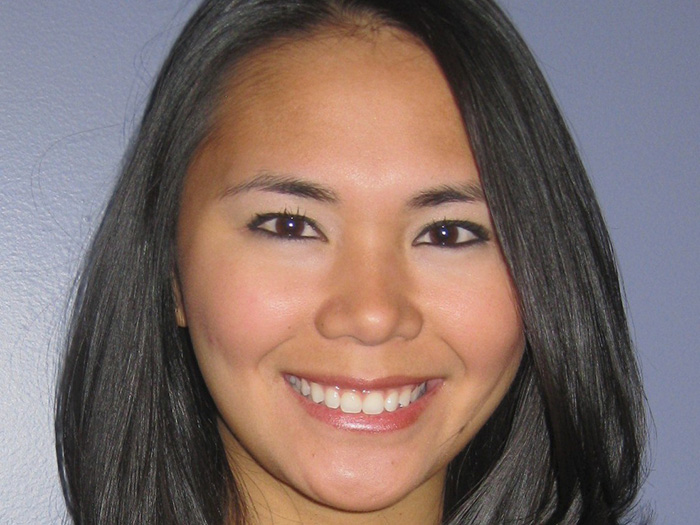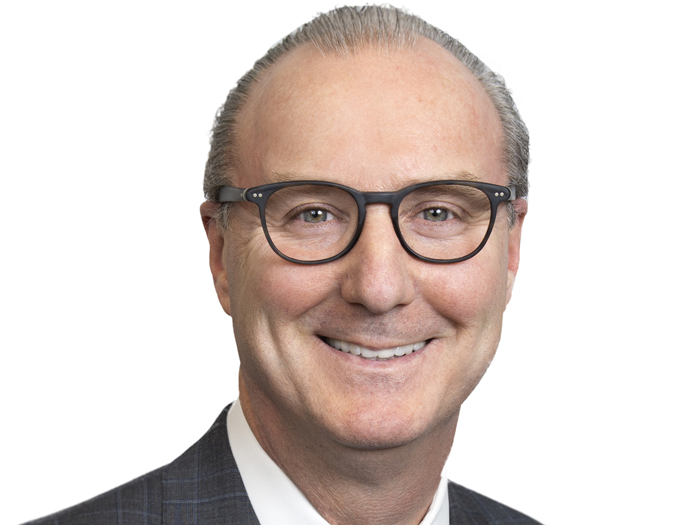With Marine Insurance Prices Spiking, This Merchant Mariner-Turned-Broker Is Called on to Serve Insureds

Christopher Maro, senior vice president at Marsh, is a native New Yorker who grew up on Long Island and graduated from the State University of New York Maritime College, recognizable by its training vessel moored near the north foot of the Throggs Neck Bridge.
He served for close to three years as third mate on merchant vessels, mostly in deep-sea service on board U.S.-flag military-contracted vessels sailing between the U.S. and Persian Gulf in 2003-04.
“After that I wanted a change,” Maro said, “and through the active and extensive alumni association at SUNY Maritime, I got in contact with a public ally traded broker that handled hull and machinery (H&M) as well as protection and indemnification (P&I) for ship owners.”
He still places those, as well as other important lines of cover — marine liability, financial lines, cyber risks, etc.
Maro started his career as an insurance broker with Arthur J. Gallagher and stayed there through 2014, when he joined the U.S. practice of the London-based firm, Howden. JLT bought Howden’s marine book in 2015, and then Marsh acquired JLT in 2018.
A Year to Remember
That experience — afloat and ashore, then working for different brokerage firms — gives Maro the perspicacity to put this last year into context.

Christopher Maro, senior vice president, Marsh
After several soft years, underwriters began reducing capacity; some notable names left the sector entirely. That situation changed dramatically last year with the pandemic disrupting global trade.
“We definitely have a hardening market for marine insurance,” said Maro, “but it is not actually a hard market. We are not there yet. We are starting to get to a hard market but at present — even though terms and conditions are getting challenging, rates are rising and we are still seeing reduction of capacity by some underwriters.”
Creativity, planning and execution are critical in overcoming this. Especially for marine insurance, which is the oldest form of insurance in the world and is heavily based on contractual obligations.
“When the pandemic hit, we asked all our clients how they were amending their contractual agreements, specifically key areas within the charter party chain. We tried to support them in all the addendums and amendments,” Maro said.
One contractual element that is common in the U.S. but less so in the rest of the world is force majeure, which might seem an obvious recourse in a pandemic. “That declaration draws in so much more financial exposure,” Maro explained. “Such a potentially disruptive declaration needs to be discussed beforehand, and considered within the depth and scope of the insurance contract and within the charter-party contract.”
Data and Analytics as Tools
Returning to the overall reduction of insurance capacity in the marine markets, Maro was quick to clarify that while “capacity is still shrinking, and markets are still hardening, we are not in a drought of capacity, yet. Deals can be done. The only question is price and terms.”
What that requires is “a holistic evaluation of the whole program, to get to a comfort point,” Maro explained. “That means balancing premiums, retention levels, exclusions, everything.”
For that very reason, Maro has been driving the wider use of data and analytics within Marsh as well as with clients. “The focus for the past year has been analyzing trends in rates over the last eight quarters,” he said.
Among the more ambitious applications of technology in marine insurance has been smart contracts. Under those, vessels can use position-reporting systems to go on and off risk in near-real time, for example, when crossing through a war-risk zone.
“Those smart contracts do exist,” said Maro, “and they can be especially useful when multiple ports of call change, especially for large operators of multiple vessels. The challenge remains the middle market.” There are also specialized operations, such as tankers and heavy-lift vessels that have to go where the work is and don’t have the luxury of trading only along major lanes to large ports.
“Voyages sometimes come last-minute, and sometimes they mean sailing into a danger zone such as a war risk,” said Andrew Fenner, chief operating officer, Canada Maritime International. “Our owners are very diligent to have cover for all the areas in which we trade. It is a good thing we have Chris, because he has information on countries, cargoes, sanctions — whatever we might need to know for each voyage. Of course, no one person knows it all, but when he doesn’t we know he can find it.”
Balance for Marine
There is no way to know when the marine insurance market may return to equilibrium, but Maro stressed that “operators and owners have done an incredible job of managing through it all working with us to evaluate their risk exposure and answering the question of how would a prudent uninsured address the global market environment?”
One such prudent approach is gap analysis.
That usually refers to something existing in the coverage, but in the middle of 2020 it applied equally to fast-moving changes as insurers and reinsurers tried to protect themselves from pandemic-related losses.
“The market was already hard and getting harder,” said Dawn Zajac, risk manager, Great Lakes Dredge & Dock (GLDD). “Our reinsurer for excess was going to exclude ‘airborne illnesses.’ We had only a few individual affected, and no operations, and we had protections and protocols in place.”
At first, the carriers would not take those into consideration, but then agreed to, but at higher rates, even beyond the 20% to 30% increase in premium already on the table. Maro suggested GLDD consider shifting to a property and indemnification club, but the company had a bad experience several years earlier with a P&I.
Through industry connections among the board of directors a recommendation was made to a P&I club in the UK.
“Chris worked with me to support the board in the move,” said Zajac. “I’m fairly new to this company and to marine, having come from land-side risk management, so the board and I relied heavily on Chris. We ended up moving our whole program to the P&I, and we love them.” &










